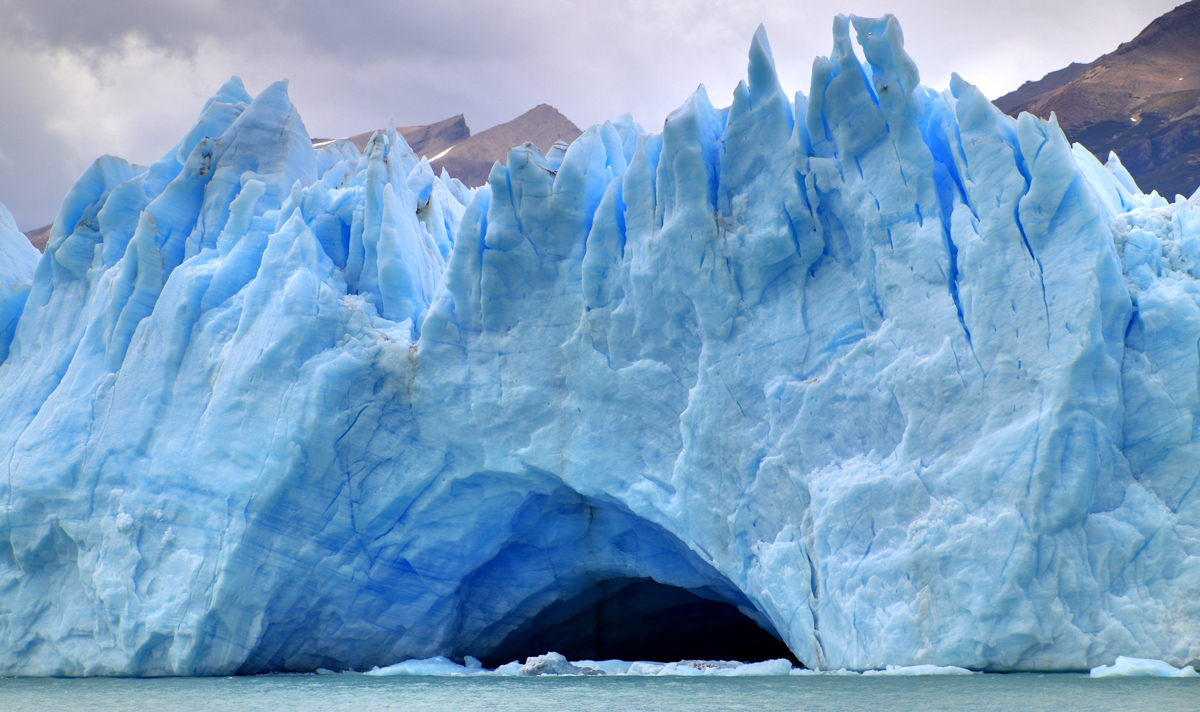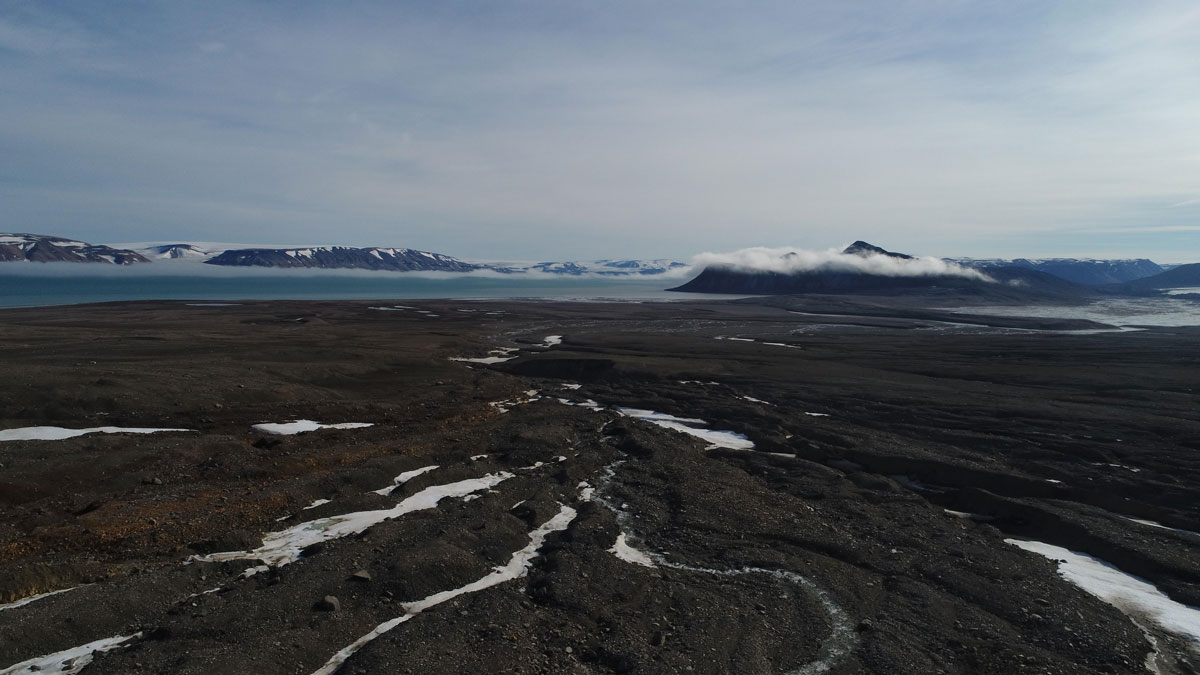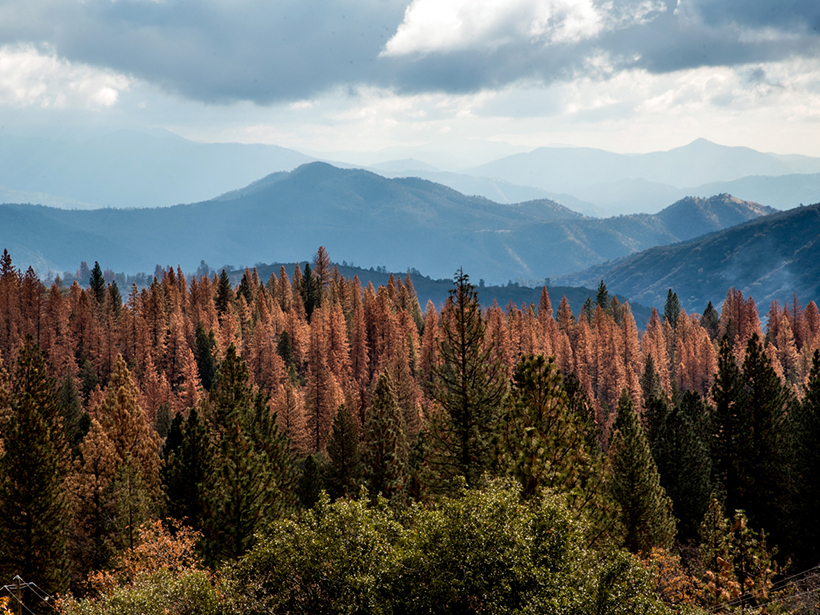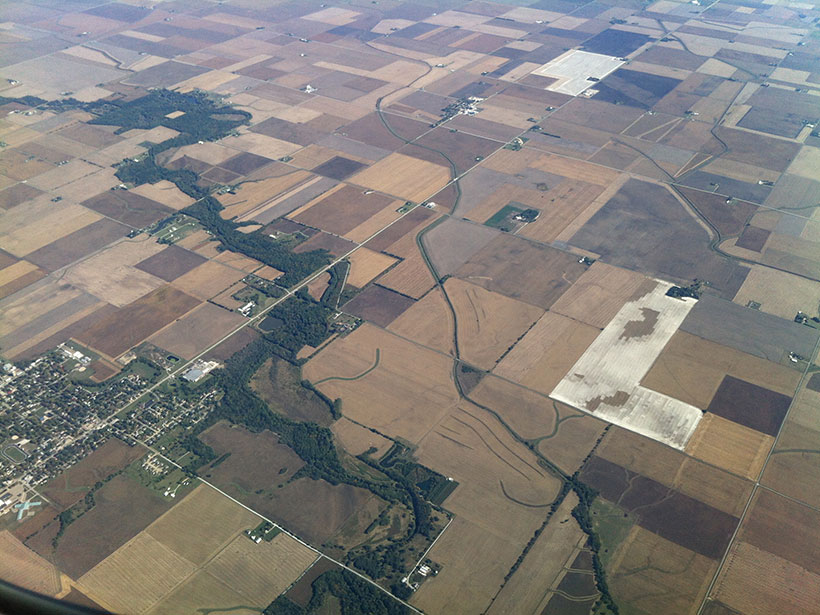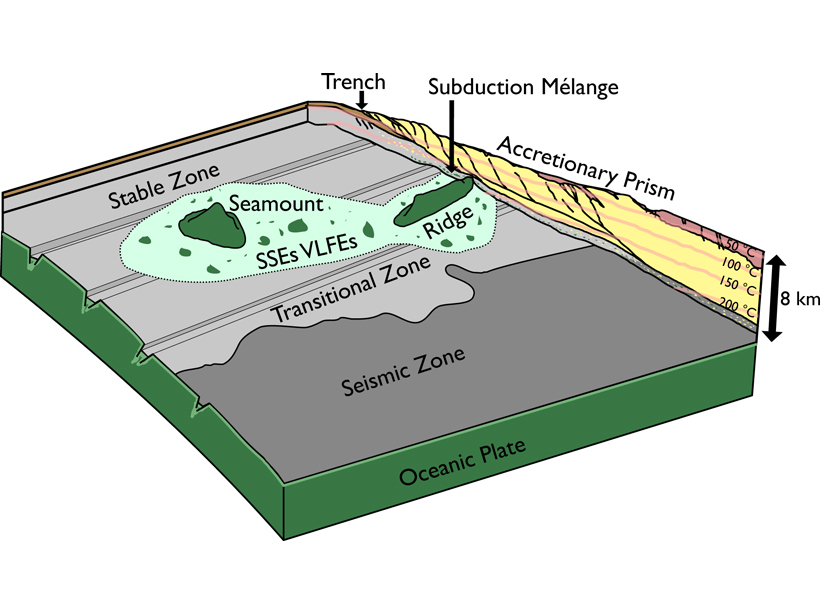The ancient glaciers hint at an Archaean Earth that may have looked similar in some ways to our own time.
shales
Updating Dating Helps Tackle Deep-Time Quandaries
Geochronologists are finding fresh approaches to familiar methodologies, especially by zapping rocks with lasers to tackle classic Precambrian problems.
Detailed Geologic Mapping Helps Identify Health Hazards
A team of geologists and nursing researchers created an interactive radon hazard map for Kentucky residents—and it was possible only because of the high-resolution bedrock mapping in the state.
Ancient, Acidic Lakes May Have Harbored Life
A new analysis of South African sediments hints that acidic lakes may have leached minerals necessary for biotic life.
Certain Rock Formations Can Lead to In-Home Radon Risks
Researchers in Kentucky have merged results from home test kits with the state’s geologic map to produce a map of indoor radon potential based on the geology underlying homes in the state.
Linking Critical Zone Water Storage and Ecosystems
The geology and the structure of Earth’s critical zone control subsurface moisture storage potential and determine the resilience of forest and river ecosystems to drought.
More Gas Wells Linked to More Symptoms in Pennsylvania Residents
Natural gas production has been booming in southwestern Pennsylvania, but it may also yield multiple health complaints, especially for residents surrounded by oil and gas facilities.
Critical Agents of Change at Earth’s Surface
By way of agriculture and industry, humans have major influences on the critical zone. Our past and present effects on the landscape, soil, and water will echo for a long time to come.
A Mechanism for Shallow, Slow Earthquakes in Subduction Zones
Slow earthquakes beneath the accretionary prism updip from the locked portion of a subduction zone can be caused by basaltic blocks embedded in a shale matrix.
How Death and Disaster Followed the Shale Gas Boom in Appalachia
In the past decade, fracking has contributed to the deaths of more than a thousand people and the emission of more than a thousand tons of carbon dioxide in the Appalachian Basin.

